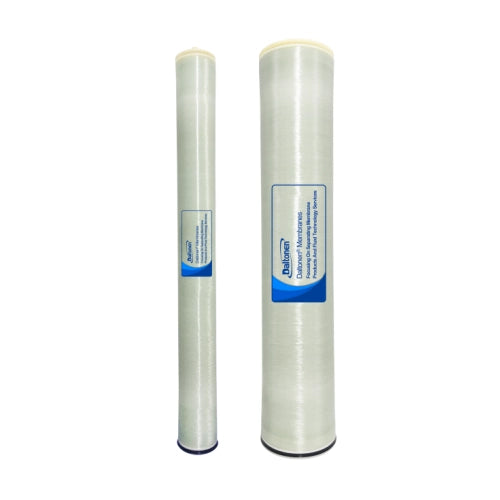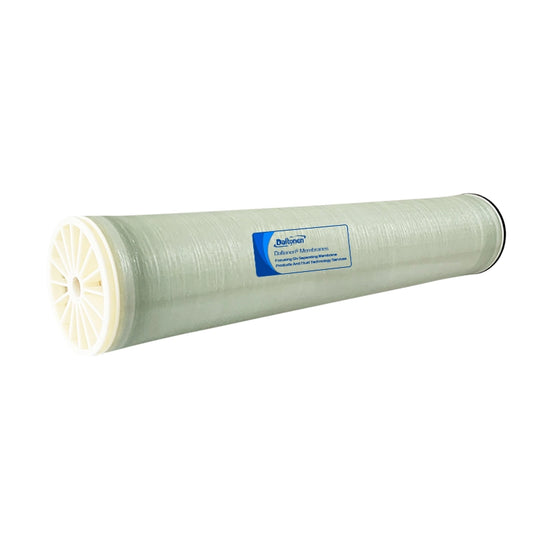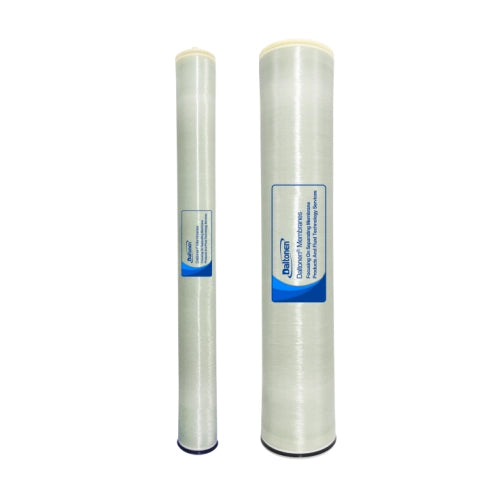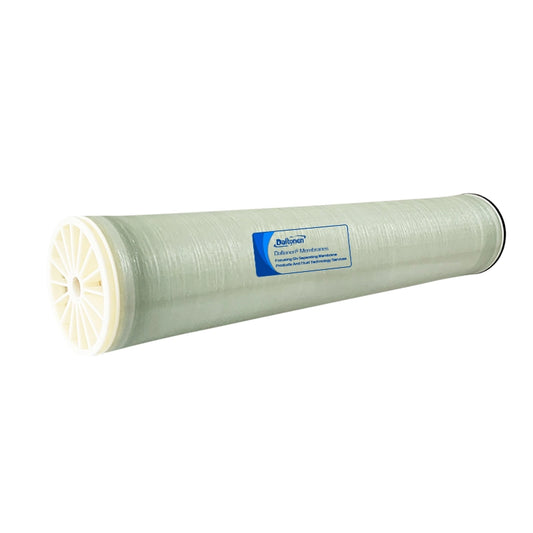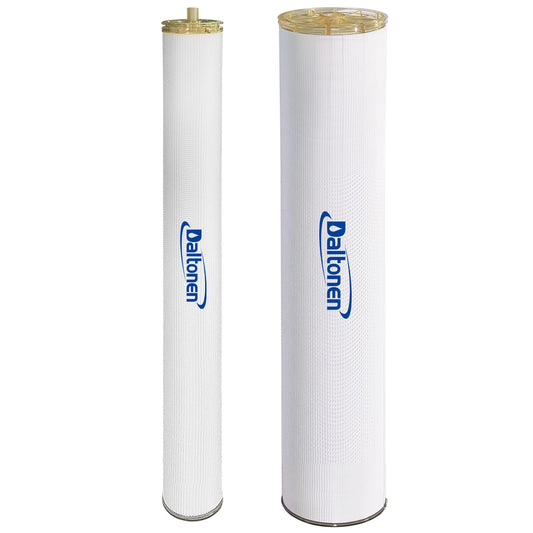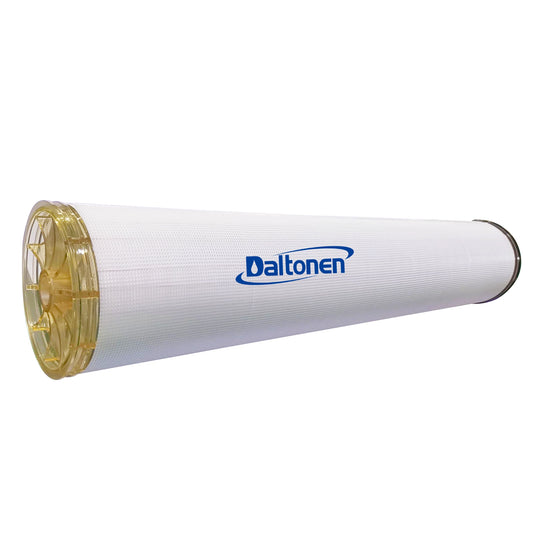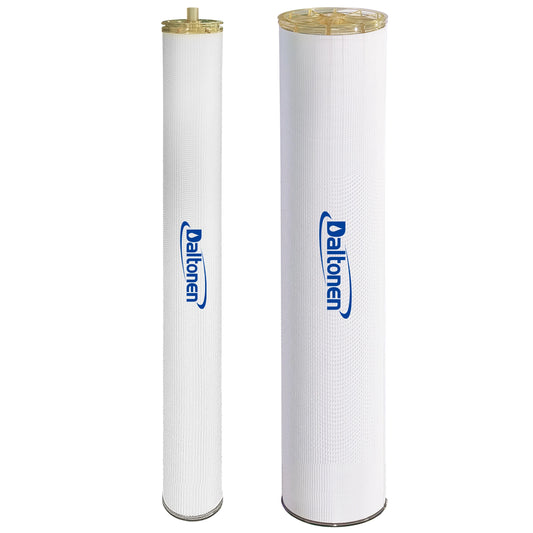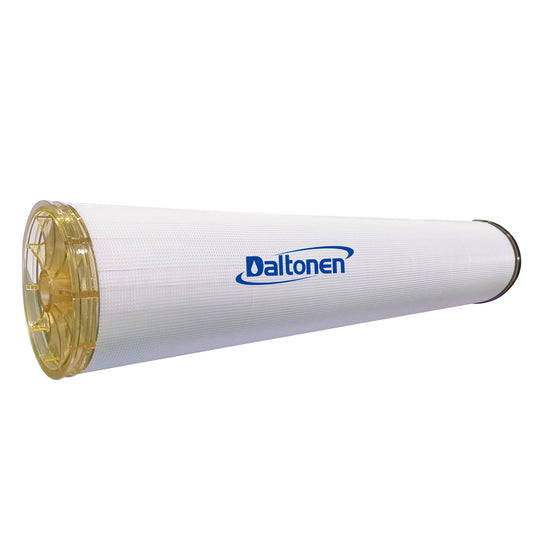Design Scheme for a Biopharmaceutical Ultrapure Water System
1.0 Design Basis and Regulatory References
-
Product Water Standards:
-
Purified Water (PW): Complies with all specifications under "Purified Water" in the Pharmacopoeia of the People's Republic of China. Key parameters: Conductivity ≤ 1.3 µS/cm (25°C), Total Organic Carbon (TOC) ≤ 500 ppb.
-
Water for Injection (WFI): Complies with all specifications under "Water for Injection" in the Pharmacopoeia of the People's Republic of China. Key parameters: Conductivity ≤ 1.1 µS/cm (25°C), TOC ≤ 500 ppb, Endotoxins ≤ 0.25 EU/mL.
-
-
Source Water: Municipal tap water.
-
Core Design Philosophy: Barrier Principle, Continuous Purification, Prevention of Backflow, and Microbial Control.
-
System Qualification: The system must undergo DQ, IQ, OQ, PQ validation to ensure full compliance with regulatory requirements from design through operation.

2.0 Recommended Process Flow (Gold Standard)
Given the high-risk nature of biopharmaceuticals, the most reliable and prevalent approach is the "Dual-Stage Reverse Osmosis + Electrodeionization" process. Its core lies in ensuring absolute stability and safety of water quality through multiple barriers.
The flowchart below clearly illustrates the entire process from raw water to ultrapure water and its distribution to points of use, emphasizing the system's circulation, sanitization, and water quality assurance measures.
flowchart TD
subgraph PreTreatment[Pretreatment System - Primary Barrier]
A[Municipal Tap Water] --> B[Raw Water Tank];
B --> C[Raw Water Pump];
C --> D[Multi-Media Filter];
D --> E[Activated Carbon Filter];
E --> F[Water Softener];
F --> G[Cartridge Filter<br>5μm];
end
subgraph PrimaryRO[Primary Reverse Osmosis - Main Desalination Barrier]
G --> H[Primary RO Feed Pump];
H --> I[Primary RO Unit];
I -- Primary Concentrate --> J[Drain];
I -- Primary Permeate --> K[Primary RO Permeate Tank];
end
subgraph Polishing[Polishing System - Core Polishing Barrier]
K --> L[Secondary RO Boost Pump];
L --> M[Secondary RO Unit];
M -- Secondary Permeate --> N[Electrodeionization Unit EDI];
N --> O[Polishing Mixed Bed];
end
subgraph StorageDistribution[Storage and Distribution System - Critical Assurance]
O --> P[PW/WFI Storage Tank];
P --> Q[Distribution Pump];
Q --> R[Heat Exchanger];
R --> S[Point of Use];
S --> T[Return Loop];
T --> P;
end
subgraph Support[Support Systems]
U[Ozone/Hot Water Sanitization] --> P
V[CIP Cleaning System] --> I & M
endStep-by-Step Process Explanation:
1. Pretreatment System
-
Purpose: To provide qualified feed water for the RO system, protecting RO membranes from damage by chlorine, hardness, particulates, etc.
-
Multi-Media Filter: Removes suspended solids and colloids, reducing turbidity.
-
Activated Carbon Filter: Critical Unit. Completely removes residual chlorine and organic matter, protecting RO membranes from oxidation.
-
Water Softener: Removes calcium and magnesium ions to prevent scaling on RO membranes.
-
Cartridge Filter: 5μm filter elements act as the final protective barrier.
2. Primary Reverse Osmosis (RO)
-
Purpose: Removes 97-99% of ions, organic matter, microorganisms, and endotoxins from the source water. It is the main desalination and purification unit.
-
Design Key Points: Spiral-wound membranes can be used, configured with automatic flush and CIP systems.
3. Secondary Reverse Osmosis (RO)
-
Purpose: Polishing Treatment. Further removes remaining ions from the primary RO permeate and significantly reduces TOC. The purified water from secondary RO is ideal feed water for EDI.
-
Design Key Points: The concentrate from the secondary RO can be recycled to the inlet of the primary RO to increase the overall system recovery rate.
4. Electrodeionization (EDI)
-
Purpose: Continuously produces high-purity water with a resistivity of 10-15 MΩ·cm without chemical regeneration. This is the core technology and environmentally friendly choice for modern pharmaceutical water systems.
-
Advantages: Replaces traditional mixed-bed ion exchange, eliminating the consumption of acids and bases and the discharge of waste chemicals, ensuring stable water quality and safe operation.
5. Storage and Distribution System (SADS)
-
Purpose: To ensure the water quality delivered to every point of use continuously meets standards. This is critical for microbial control.
-
Storage Tank: Constructed of 316L stainless steel with electropolished (Ra ≤ 0.6 µm) interior surfaces. Equipped with hydrophobic vent filters (0.22 µm) to prevent airborne microbial contamination.
-
Distribution Loop: Constructed of 316L stainless steel using sanitary automatic orbital welding to ensure smooth, crevice-free internal surfaces. The system maintains turbulent flow (velocity > 1.5 m/s).
-
Sanitization: The system must have periodic sanitization capability.
-
Purified Water Systems: Typically use Ozone or Hot Water sanitization.
-
Water for Injection Systems: Must use Pure Steam or Hot Water Circulating sanitization to maintain a sterile state.
-
3.0 Key Design Parameters and Equipment Selection
|
System Section |
Key Design Parameters and Selection Requirements |
|---|---|
|
Materials of Construction |
All parts contacting product water must be 316L Stainless Steel. Wetted surfaces require Electropolishing. Pipe connections must be sanitary clamp or automatic orbital weld. |
|
RO Membranes |
Select brackish water membrane elements with high salt rejection and low energy consumption. |
|
EDI Modules |
Select pharmaceutical-grade modules specifically designed for high-purity water, with fouling-resistant flow path design. |
|
Pumps |
316L stainless steel construction, mechanical seals, preventing lubricant contamination. |
|
Instrumentation |
Online conductivity meters, TOC analyzers, flow meters, pressure sensors, etc., requiring high accuracy and calibration interfaces. |
|
Control System |
Fully automated control system based on PLC/SCADA, featuring user access control, data logging, audit trail, and alarm management, compliant with GAMP5 guidelines and Data Integrity requirements. |
4.0 System Validation and Compliance
-
Design Qualification (DQ): Demonstrate that the design meets the User Requirement Specification (URS) and GxP regulations.
-
Installation Qualification (IQ): Verify that the installation conforms to design drawings and specifications.
-
Operational Qualification (OQ): Under no-load and load conditions, confirm the system operates stably and meets key parameters (e.g., flow rate, pressure, conductivity).
-
Performance Qualification (PQ): Conducted in two phases:
-
Phase 1 (2-4 weeks): Intensive sampling to demonstrate the system can consistently and stably produce water meeting pharmacopeial standards.
-
Phase 2 (typically 1 year): Extended monitoring to demonstrate the robustness of the system during long-term operation.
-
5.0 Scheme Summary
The "Pretreatment + Dual-Stage RO + EDI + Circulating Hot Sanitization" system designed in this scheme is the Gold Standard in the current biopharmaceutical industry for producing Purified Water and Water for Injection.
-
Multiple Barriers: Pollutants are removed layer by layer through multi-stage treatment units, ensuring the safety of the final product water.
-
Continuous Purification: The circulating distribution system maintains continuous flow and periodic sanitization, effectively inhibiting microbial growth.
-
Compliant and Reliable: The entire process from design to operation follows cGMP, ensuring data integrity and product quality.
This scheme can serve as a basis for project initiation, technical exchange, and tender documents. Detailed engineering must be carried out based on specific water quality reports, capacity requirements, and site conditions.
